In 1652 the VOC sent a delegation to Canton to look into the possibilities for trade there. The court in Peking had repeatedly responded negatively to any overtures from the warlike Dutch, but the merchants in Canton showed more interest. During the 17th century the Company only sailed to Canton occasionally, to buy silk and porcelain. This changed when Europe began drinking tea in the 18th century. In the 18th century the VOC rented permanent premises in Canton, next to the building occupied by the British. Europeans were obliged to do business with the merchants who worked together in organisations known as 'Hongs' with an exclusive licence from the Chinese government to trade with foreigners. However, in spite of the monopoly of the powerful Hongs and the high taxes on trade, the profits that could be made in the tea trade gave the Europeans every reason to remain in Canton. Tea and porcelain were the principal products purchased by the VOC in Canton. For some time the Company sailed directly from Holland to Canton. By cutting out the halfway house in Batavia, where the tea was often stored for long periods of time, the Company was able to supply fresh tea to Europe. But leaving the tea trade to Batavia meant that the VOC was able to pay in China with spices, rather than with silver or with lengths of fabric from the Dutch Republic. European merchants were confined to their warehouses and trading offices along the quay outside the city walls, and were forbidden to enter Canton itself. Through the Hong merchants, the Chinese government exercised a tight control over the foreigners' trade and behaviour. All transactions were carried out through a merchant who was also authorised to collect taxes for the government and to ensure compliance wit the rules. The Europeans had little or no direct contact with the Chinese authorities.
Images
-
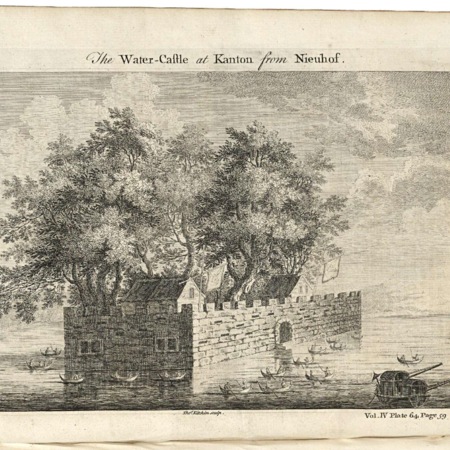
View of the Water Castle at Kanton
Kitchin, Thomas / Nieuhof, Johan / ...
-
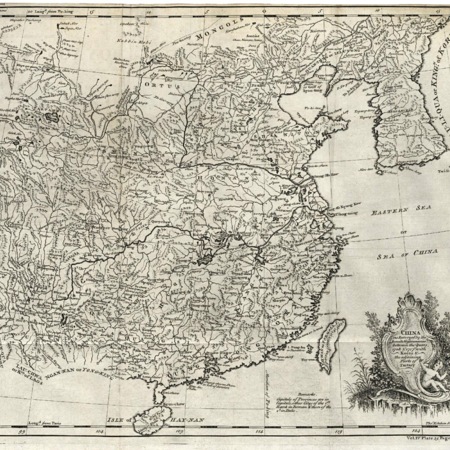
Map of China
Anoniem / Anonymous / Anoniem / Anonymous
-
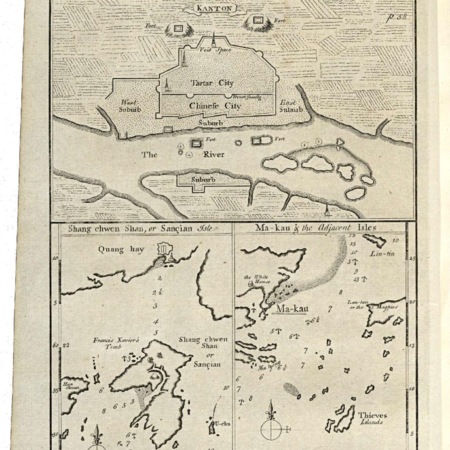
Three charts of the Chinese coast near Kanton
Wood, I. / Anoniem / Anonymous / ...
-
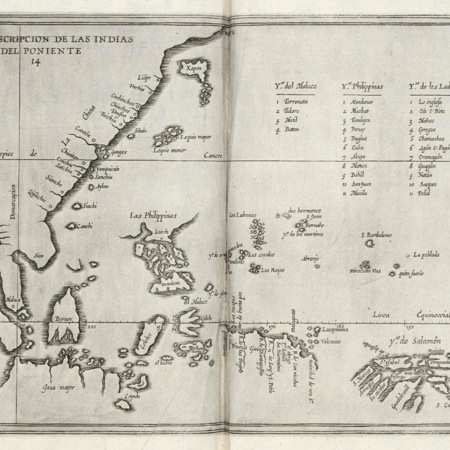
Map of Southeast Asia
Colijn, M. / Anoniem / Anonymous
-
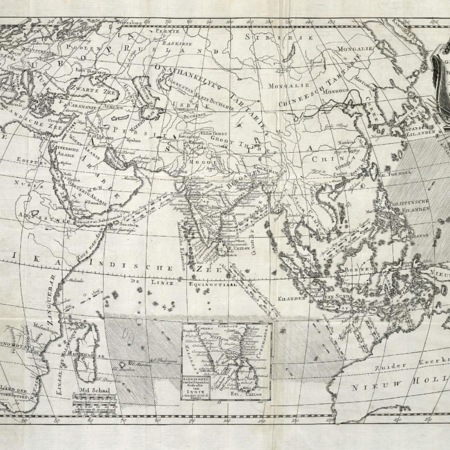
Map of Asia, Africa, Europe and Australia
Schalenkamp, M. / Bonne / ...
-
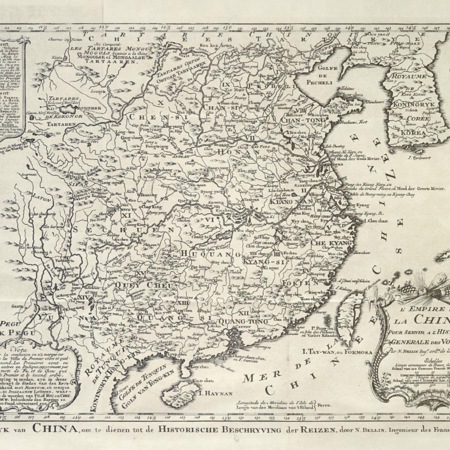
Map of China and Korea
Bellin, Jacques Nicolas / Hondt, Pierre d' / ...
-
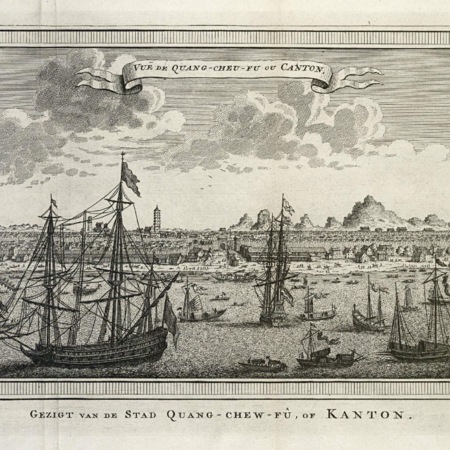
View of Canton
Schley, Jacobus van der / Hondt, Pierre d'
-
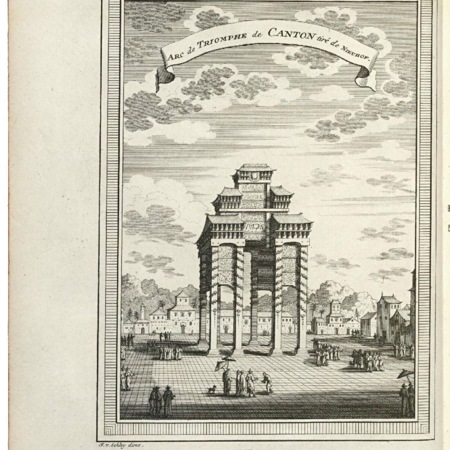
Triumphal arch in Canton
Schley, Jacobus van der / Nieuhof, Johan / ...
-
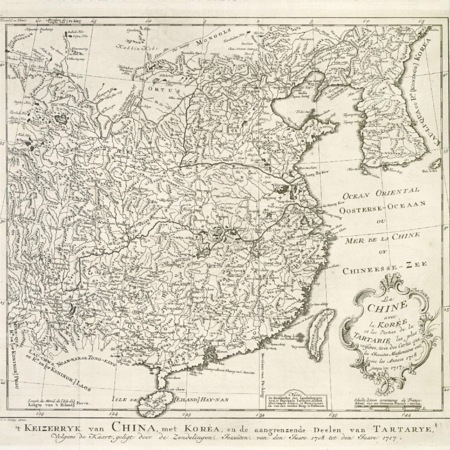
Map of China and Korea
Schley, Jacobus van der / Hondt, Pierre d' / ...
-
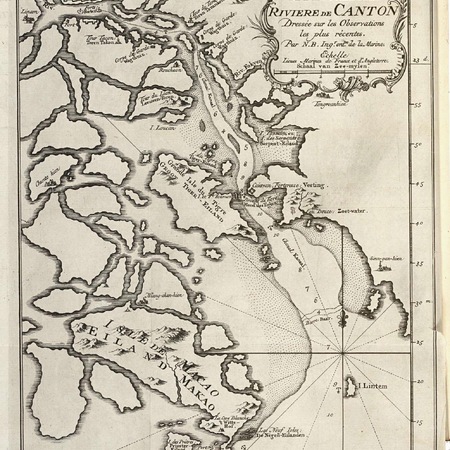
Map of the mouth of the Canton River
Schley, Jacobus van der / Bellin, Jacques Nicolas / ...
-
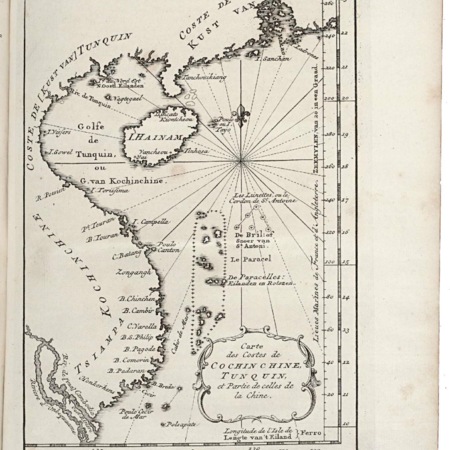
Map of the coast of Tonquin and Cochinchina
Schley, Jacobus van der / Hondt, Pierre d' / ...
-
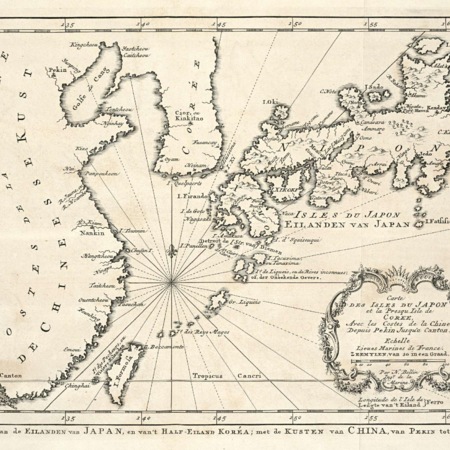
Map of Japan, China and Korea
Bellin, Jacques Nicolas / Schley, Jacobus van der / ...
-
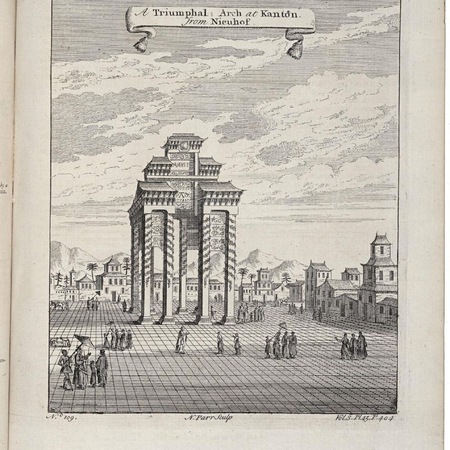
Triumphal arch in Kanton
Meurs, Jacob van / Anoniem / Anonymous / ...
-
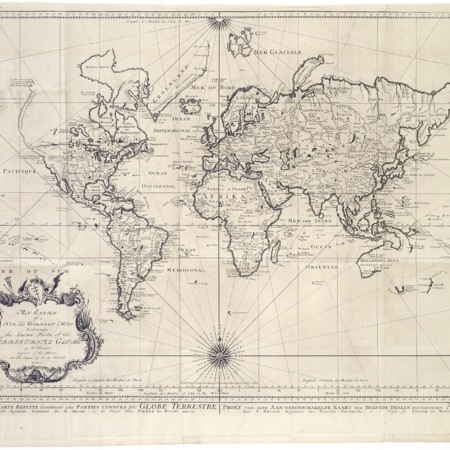
Map of the world
Schley, Jacobus van der / Bellin, Jacques Nicolas / ...
-
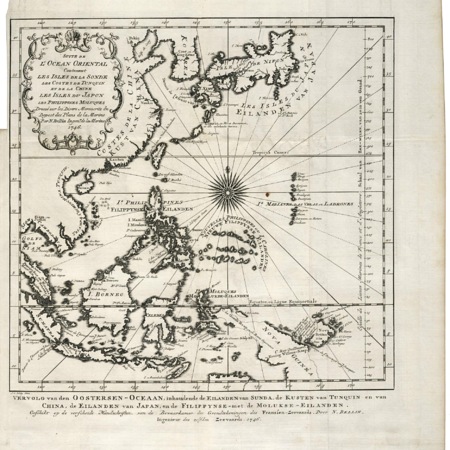
Map of the Pacific Ocean, from Malacca to Japan
Bellin, Jacques Nicolas / Schley, Jacobus van der / ...
-
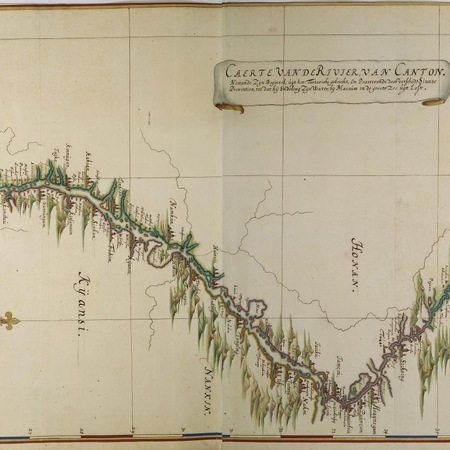
Map of the route from Canton to Peking
Vingboons, Johannes
-
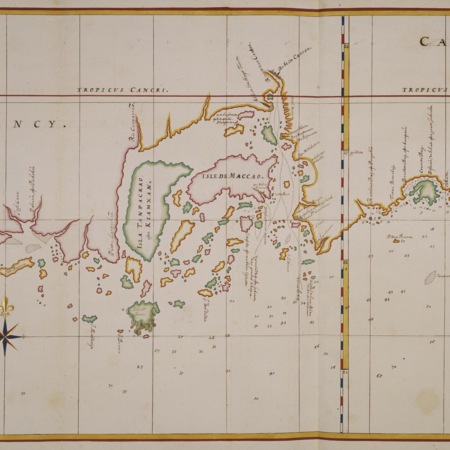
Map of the Chinese coast from Cabo Mandar to Nassauwen Baij
Vingboons, Johannes
-
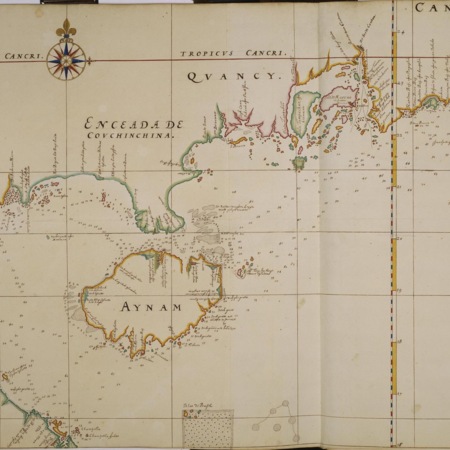
Map of the coasts of Tonkin and South China
Vingboons, Johannes
-
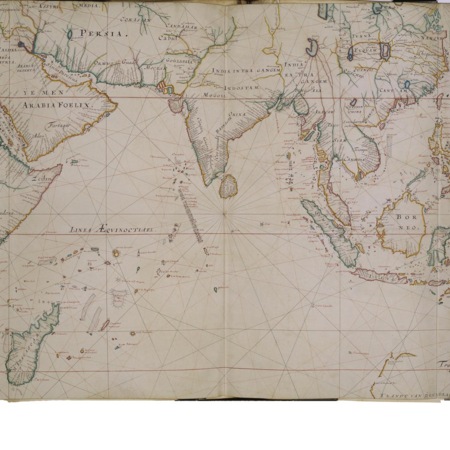
Map of the Indian Ocean
Anoniem / Anonymous
-
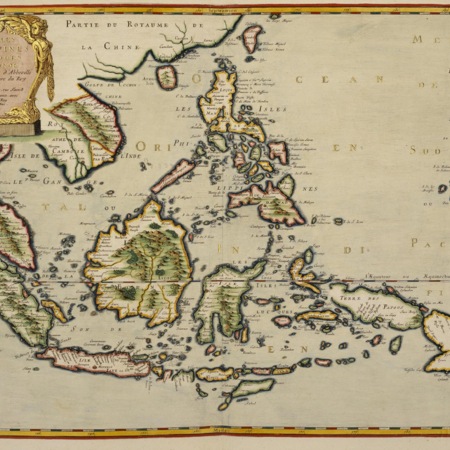
Map of Indonesia and the Philippines
Marriette, Pierre / Sanson d'Abbeville, Nicolas / ...
-
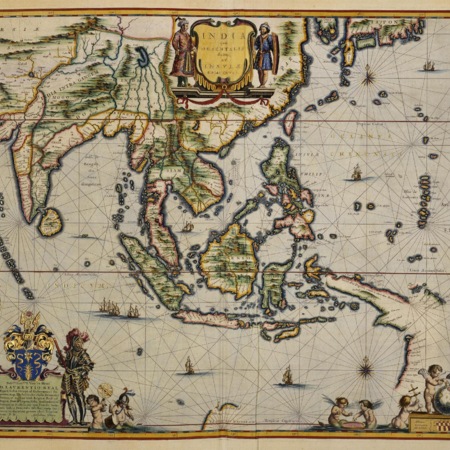
Map of India to Japan
Blaeu sr., Joan / Blaeu, Wilhelm (Jansz.)
-
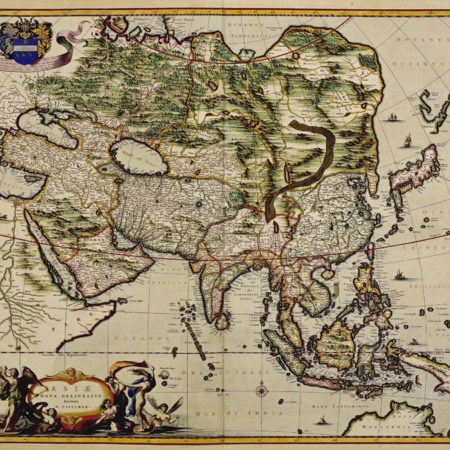
Map of Asia
Visscher I, Nicolaas / Visscher I, Nicolaas
-
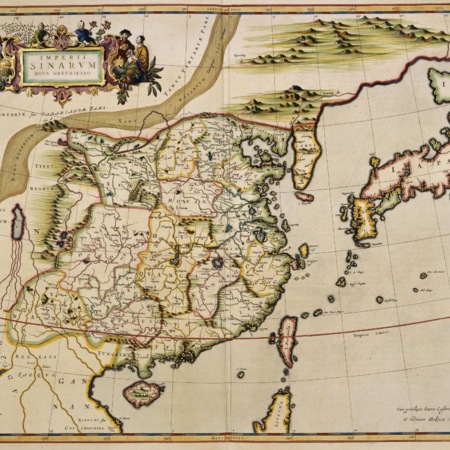
Map of China and Japan
Blaeu sr., Joan / Martini, Martino
-
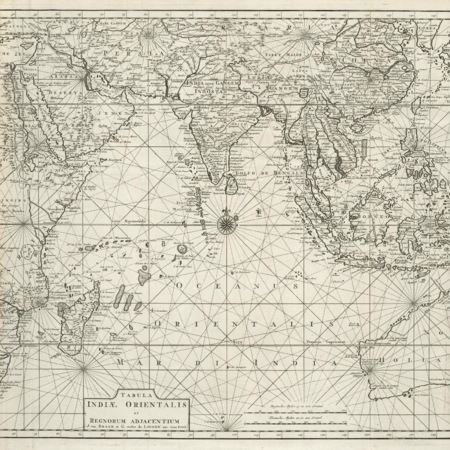
Map of East Indies
Braam, J. van / Linden, Gerard onder de / ...
-
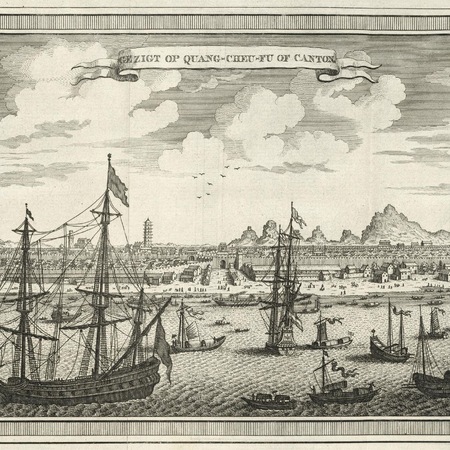
View of Canton
Jong, Dirk de / Plaats, Volkert van der / ...
-
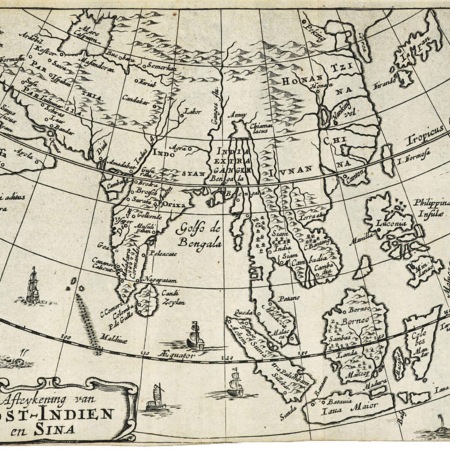
Map of Asia
Anoniem / Anonymous / Oossaan, Aart Dircksz / ...
-
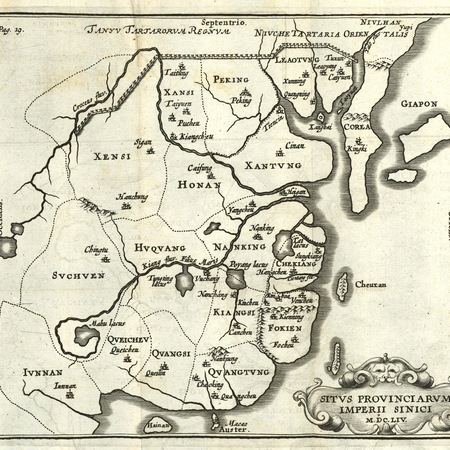
Map of China and Korea
Anoniem / Anonymous / Janssonius, Johannes
-
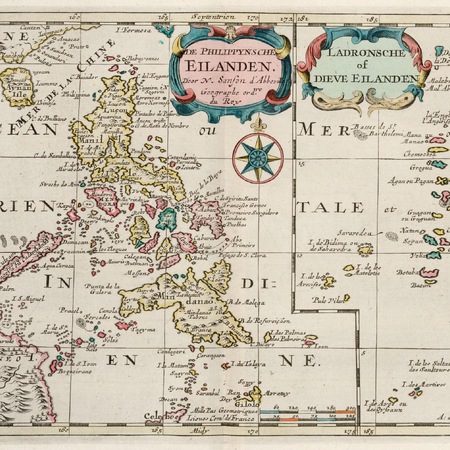
Map of the Philippines and the Ladron islands
Sanson d'Abbeville, Nicolas / Halma, François / ...
-
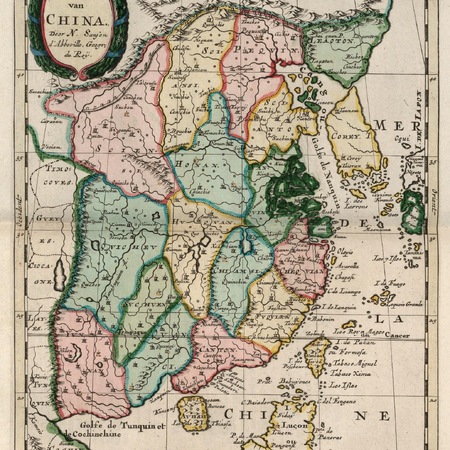
Map of China
Winter, A. d' / Sanson d'Abbeville, Nicolas / ...
-
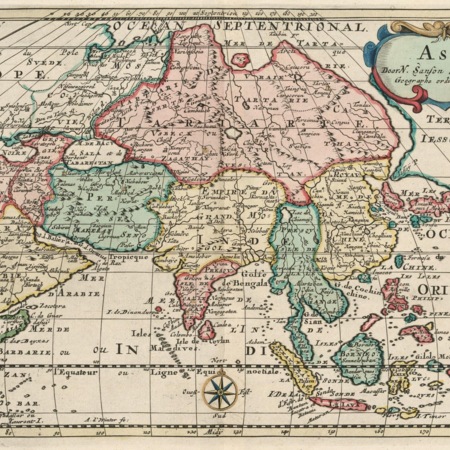
Map of Asia
Winter, A. d' / Sanson d'Abbeville, Nicolas / ...
-
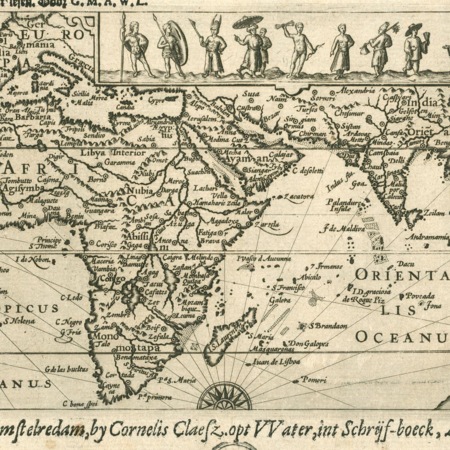
Map of Europe, Africa and Asia, with inserts showing inhabitants of various regions
Anoniem / Anonymous / Claesz, Cornelis
-
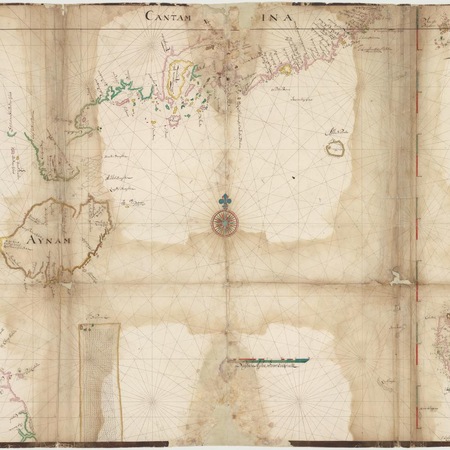
Map showing part of the Chinese and Vietnamese coast and southern Formosa
Anoniem / Anonymous
-
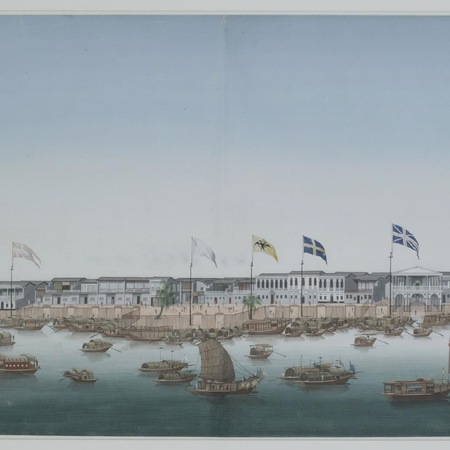
View of Canton
Anoniem / Anonymous
-
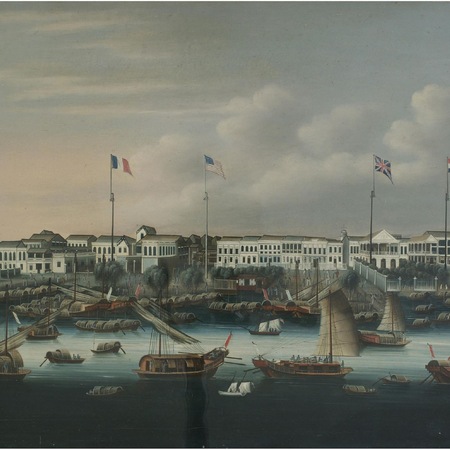
View of Canton
Anoniem / Anonymous
-
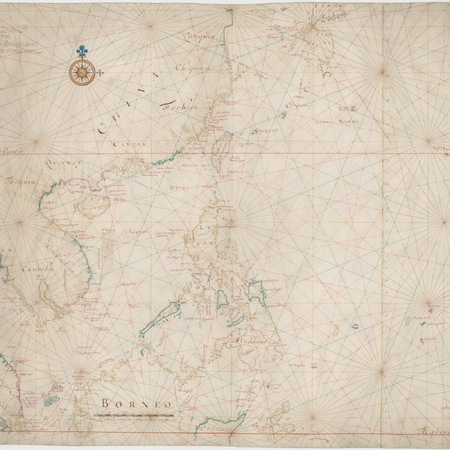
Map of the Chinese sea and coast
Blaeu Jr., Joan / Vries, de
-
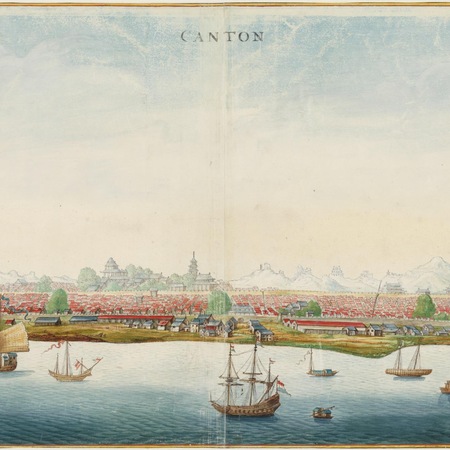
View of Canton
Vingboons, Johannes
-
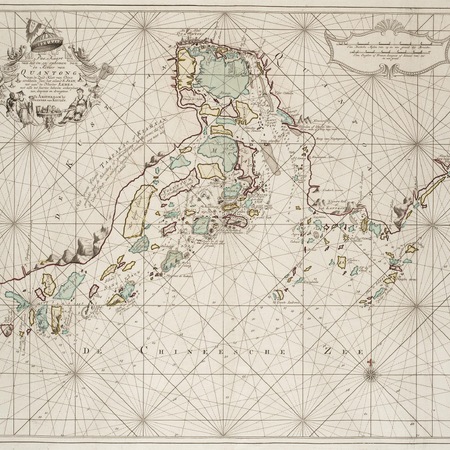
Map of the river to Canton
Keulen II, Johannes van
-
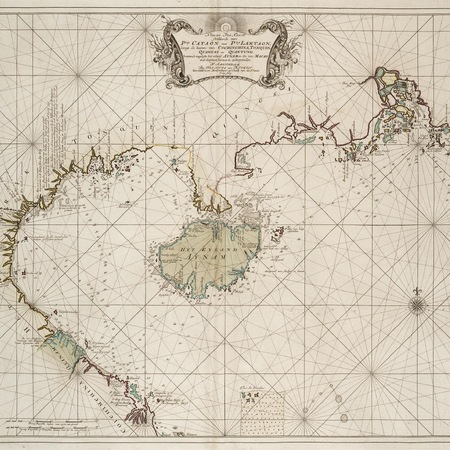
Map of Vietnam and eastern China
Keulen II, Johannes van
-
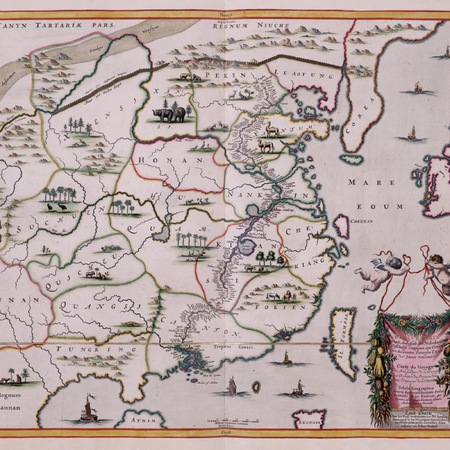
Map depicting the journey by Joan Nieuhoff from Canton to Peking
Meurs, Jacob van
-
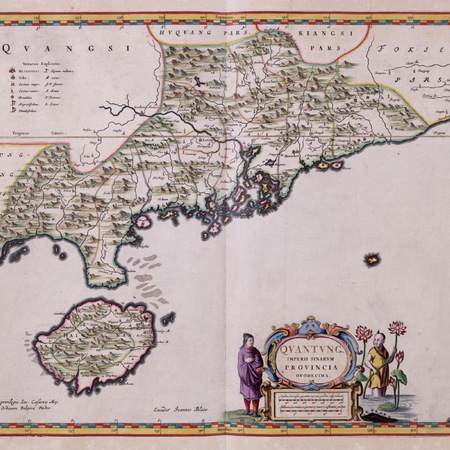
Map of Guandong, China
Blaeu sr., Joan / Martini, Martino
-
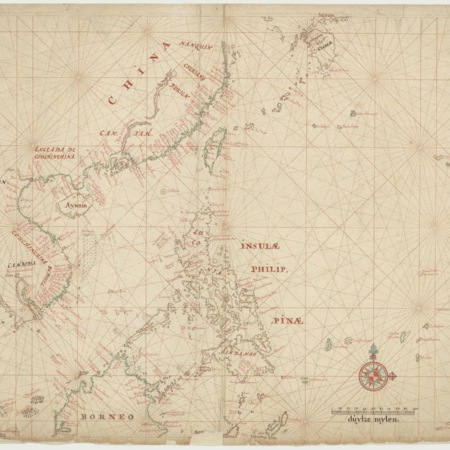
Map of southeast Asia
Blaeu Jr., Joan
-
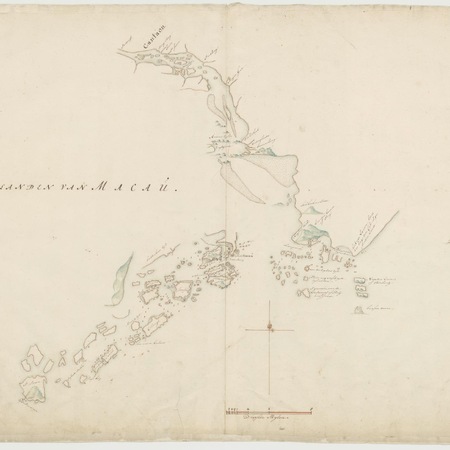
Map of Macao and the mouth of the river of Canton
Graaff, Isaac de
-
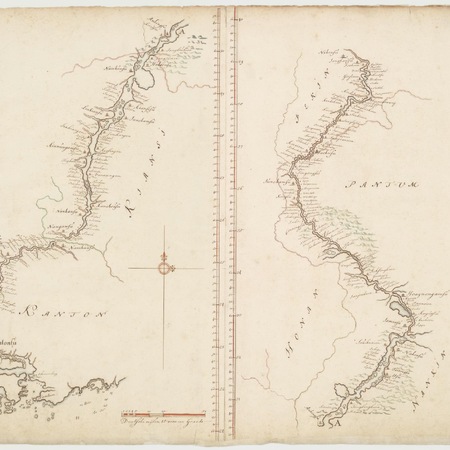
Map of the river of Canton
Graaff, Isaac de
-
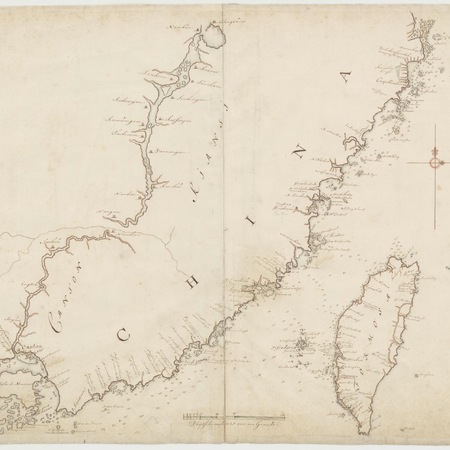
Map of China and Formosa
Graaff, Isaac de
-
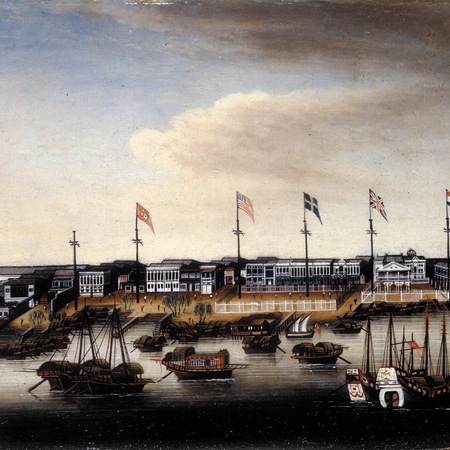
European trading posts in the Canton suburbs
Anoniem / Anonymous
-
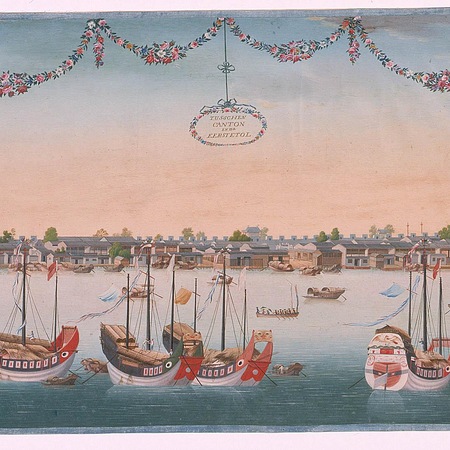
View of Canton
Anoniem / Anonymous
-
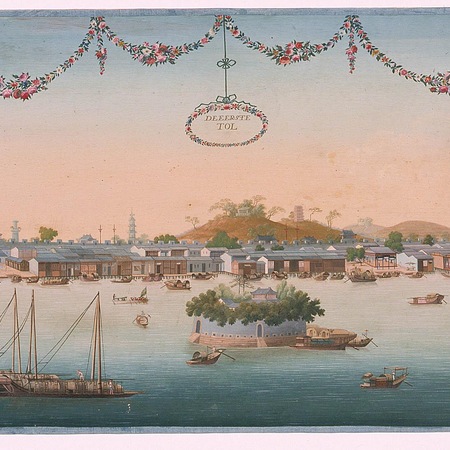
View of the water fort at Canton
Anoniem / Anonymous
-
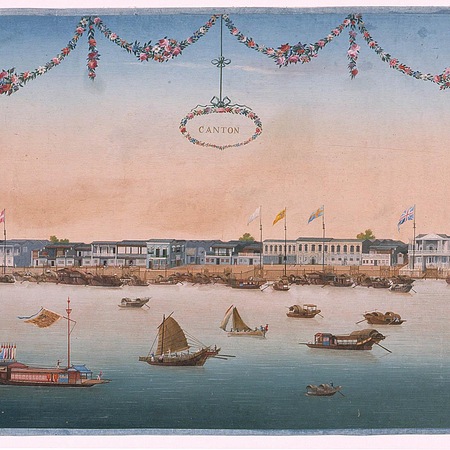
View of the harbour at Canton
Anoniem / Anonymous
-
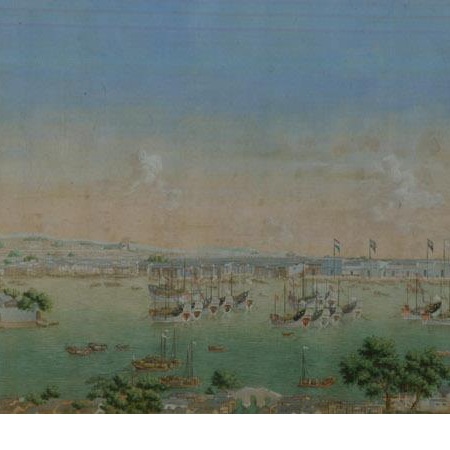
View of Canton
Anoniem / Anonymous
-
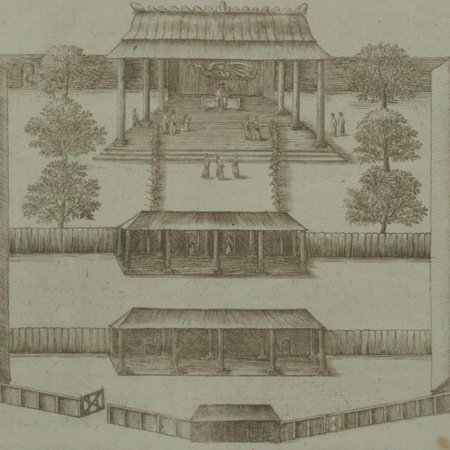
The palace of the Lamthau on the Canton river
Anoniem / Anonymous
-
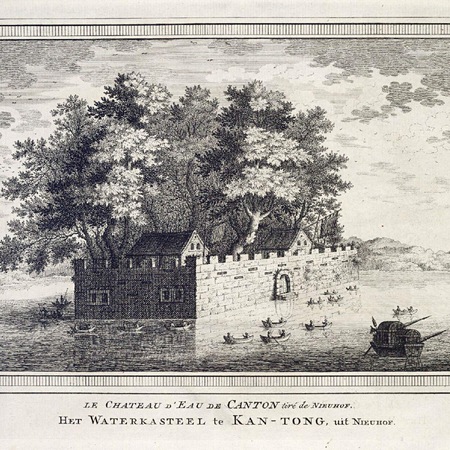
View of the lake castle at Canton
Schley, Jacobus van der / Hondt, Pierre d' / ...
-
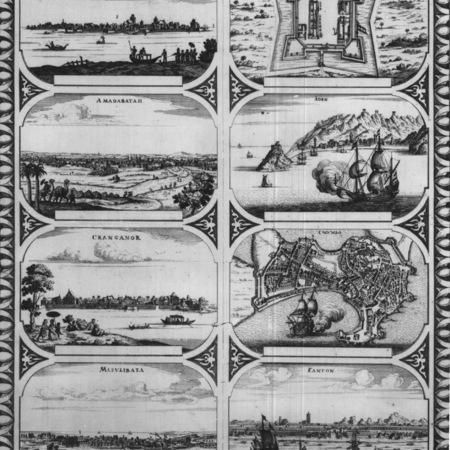
View and ground maps of eight cities
Wit, Frederick de / Anoniem / Anonymous
-
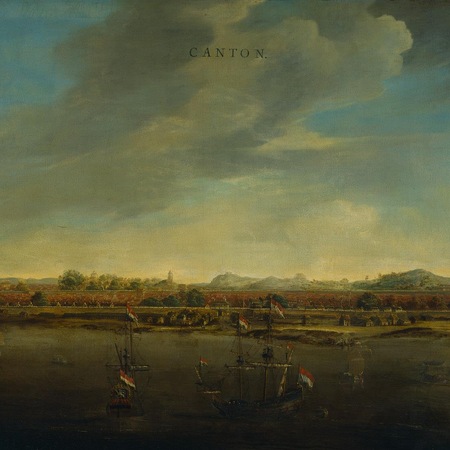
View of Canton harbour
Vingboons, Johannes